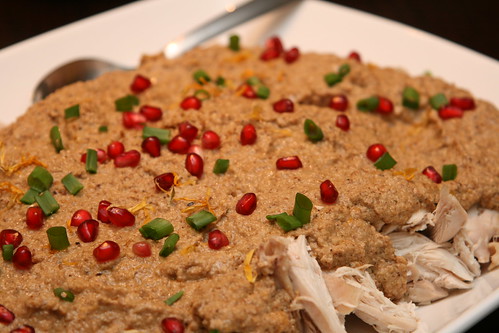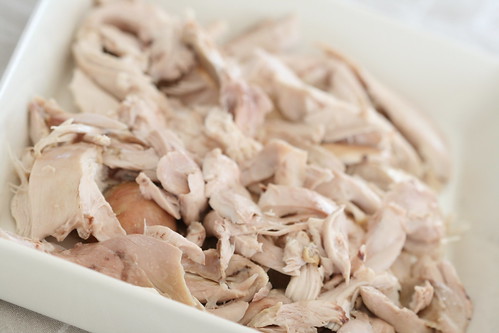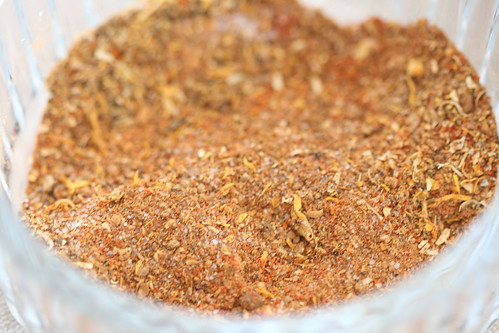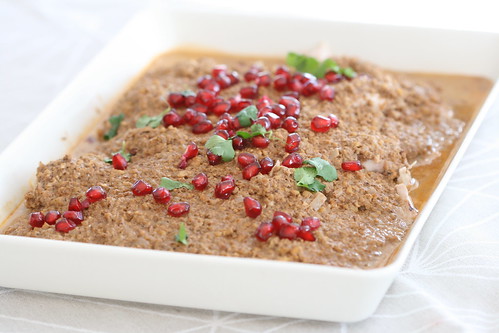
I'm trying to become a better food photographer. A wise Estonian foodblogger once told me that in order to improve my photos I should take time and study carefully the pictures I like and try to replicate them - and that's what I'm doing here. Zapxpxau is definitely one of the most talented food photographers here in Estonia (note that Zapxpxau is her Flickr user name, not her real Estonian name :) and this gorgeous roasted quince photo appeared on her Flickr-stream couple of days ago. Lovely, I thought..
I was trying to sort out my kitchen counter yesterday, and when I saw three lonely quinces just sitting there, forlorn and slightly wrinkled after weeks in that corner, I remembered Zapxpxau's quince photo. I studied it, read the recipe and made the dessert. I'm pretty familiar with quinces - I've even shared a recipe with you - so I knew the dessert would taste wonderful and smell amazing (quinces must be one of the most aromatic fruits out there). However, the picture part was still missing. It was 6 pm and the light conditions were quickly getting worse (the falling late March snow didn't really help, either). On top of that, when rummaging through our cutlery cupboards I realised that I didn't have a suitable dish for plating the lovely roasted quinces. Luckily, my dear K. was still at work, so I quickly sent him to a department store, explaining vaguely what I was looking for. He found just the thing I needed - bless him.
So early this morning, when my dear K. was at work, our 2-year old daughter at the nursery and our 2-month old son having one of his many naps, I went ahead and took this photograph.
Thank you, Zapxpxau (for the inspiration and the recipe) and Eva (for the tip). Oh, and K. for that plate :)
Roasted quinces with lemon and vanilla
(Röstitud küdooniad)
Serves three to four
2 to 3 ripe quinces
about 500 ml (2 cups) of water
100 g caster sugar
2 organic unwaxed lemons
1 vanilla pod
Heat the oven to 180 C.
Peel the quinces, cut them into two halves and remove the core (be careful - raw quinces are pretty hard!)
Fit the quince halves into a deep oven dish, snugly next to one another.
Pour over the water, freshly squeezed lemon juice and grated lemon zest. Halve the vanilla pod lengthwise, fit the halves between the quinces. (There should be about an inch of water in the dish - add more, if necessary).
Cover the dish with a piece of foil.
Roast the quinces in a pre-heated 180C/350F oven for about 2 hours, turning the quinces around about half way through the baking time.
The dessert is ready when the quinces are cooked and dark orange-red.
Cool a little before serving.





